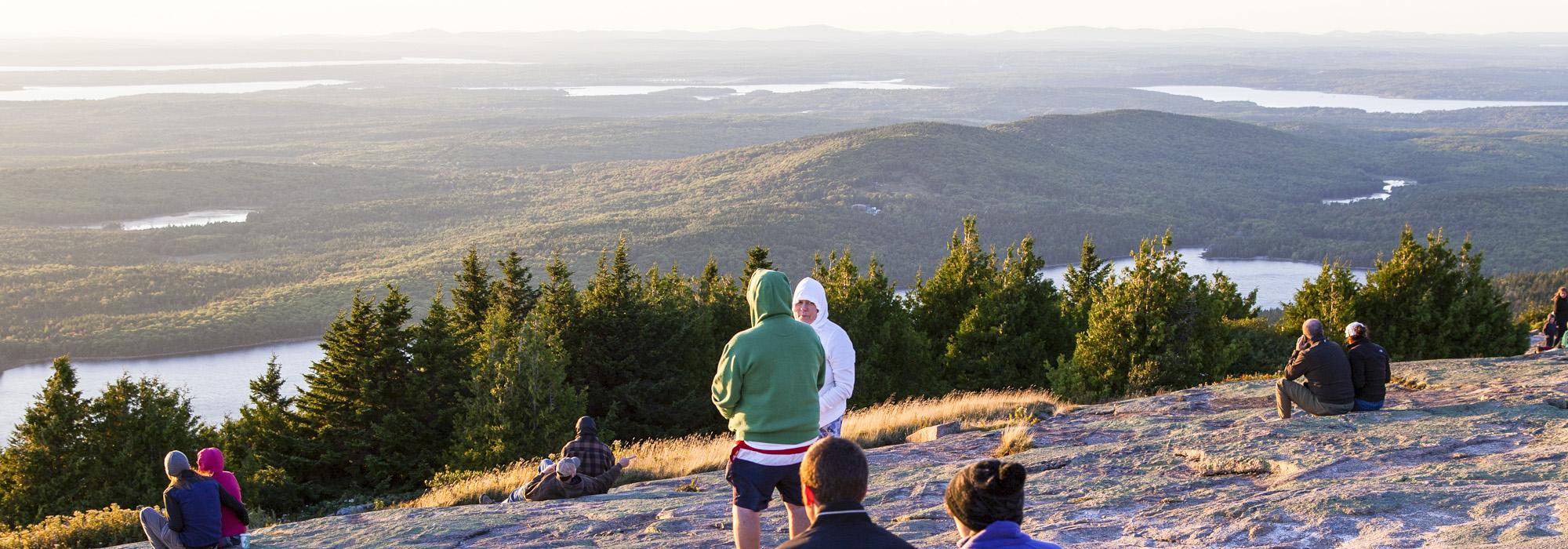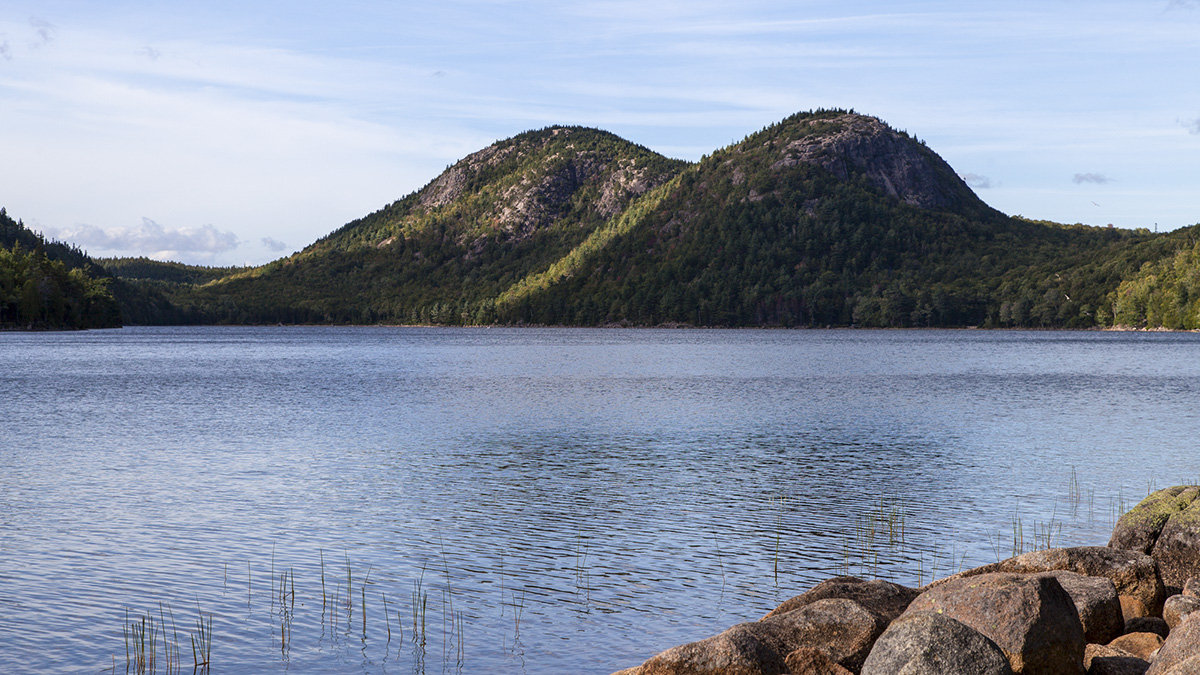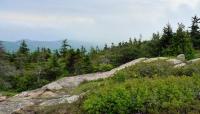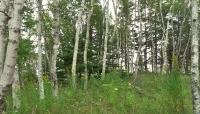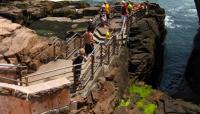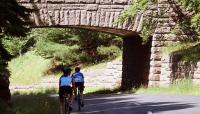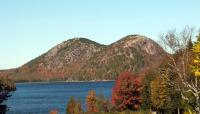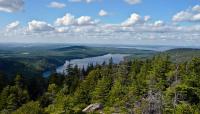Landscape Information
Situated less than a mile off the coast of Maine, the once-isolated Mount Desert Island became a popular summer retreat in the late nineteenth century. Preserving portions of the island as a public park was first proposed by landscape architect Charles Eliot. After Eliot’s death, his father, Harvard President Charles W. Eliot, sought the help of conservationist and local resident George Dorr in securing land donations. Recognized by the federal government as the Sieur de Monts National Monument in 1916, the land was re-designated as the Lafayette National Park in 1919, becoming the first national park east of the Mississippi River. In 1929 the park was renamed Acadia National Park. Named the park’s first superintendent, Dorr oversaw many early improvements, including carriage roads designed by landscape gardener Beatrix Farrand and John D. Rockefeller, Jr., and a system of scenic drives designed by Olmsted Brothers. The Blackwoods and Seawall Campgrounds were developed by the Civilian Conservation Corps (CCC) during the Great Depression. A 1947 fire devestated 10,000 acres of parkland with subsequent restoration largely underwritten by the Rockefeller family.
The park encompasses some 49,000 acres across Mount Desert Island, Schoodic Peninsula, and numerous other coastal islands. Trail systems implemented largely by Dorr and the CCC trace 125 miles of granite coastline, running through forests, wetlands, and over a series of 26 peaks. Farrand’s carriage roads wind through 57 miles of dense woodland on the eastern half of Desert Island, offering panoramic views of both the mountains and Atlantic Ocean. The National Park Loop Road laid out by Olmsted Brothers provides vehicular access to numerous hiking trails and attractions, including freshwater glacial lakes and Cadillac Mountain, the highest peak on the Atlantic Coast. Situated adjacent to the Great Meadow, the Wild Gardens of Acadia contain Sieur de Monts Spring, secured by Dorr as the centerpiece of the park. Contributing features of the park were listed in the National Register of Historic Places from 1988 to 2007.



